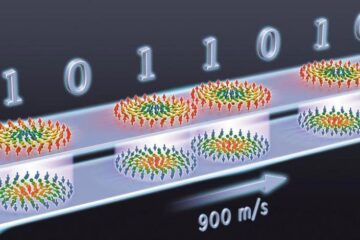Chemically trapped hydrazine

A great disadvantage in using hydrazine is the problem that hydrazine is highly toxic and dangerously unstable, especially in the anhydrous form. The Invention: A new family of hydrazine titanates, called LHT-9 (Layered Hydrazinium Titanate – 9 Å) containing chemically bound hydrazine (hydrazinium ion) intercalated into the interlayer space of the layered titanate dissolving this problem.
The LHT-9 can be used as:
• Carrier substances (chemical containers) containing chemically bound hydrazine and thus allowing to retrieve hydrazine and its compounds, including as possible sources of hydrazine for direct hydrazine fuel cells
• Matrices for carrying out inorganic, organic and bioorganic syntheses. Chemically bound hydrazine is used as active constituent
• Ion-exchange materials
• Reductive sorbents for recovery of noble metals (Rh, Pd, Pt, Au, Ir, Ag) from different industrial solutions
• Reluctant for reduction of U, Pu, Np and Tc in spent nuclear fuel;
• Precursors for preparation of composite nano-materials, including TiO2-Se nano-composites for Hg vapor scavenging.
Further information: PDF
Patent- und Verwertungsagentur für die Wissenschaftlichen Einrichtungen in Schleswig-Holstein GmbH (PVA SH)
Phone: +49 (0)431/8009937
Contact
Dr. Alexandra Baumgartner
As Germany's association of technology- and patenttransfer agencies TechnologieAllianz e.V. is offering businesses access to the entire range of innovative research results of almost all German universities and numerous non-university research institutions. More than 2000 technology offers of 14 branches are beeing made accessable to businesses in order to assure your advance on the market. At www.technologieallianz.de a free, fast and non-bureaucratic access to all further offers of the German research landscape is offered to our members aiming to sucessfully transfer technologies.
Media Contact
All latest news from the category: Technology Offerings
Newest articles

Properties of new materials for microchips
… can now be measured well. Reseachers of Delft University of Technology demonstrated measuring performance properties of ultrathin silicon membranes. Making ever smaller and more powerful chips requires new ultrathin…

Floating solar’s potential
… to support sustainable development by addressing climate, water, and energy goals holistically. A new study published this week in Nature Energy raises the potential for floating solar photovoltaics (FPV)…

Skyrmions move at record speeds
… a step towards the computing of the future. An international research team led by scientists from the CNRS1 has discovered that the magnetic nanobubbles2 known as skyrmions can be…

















